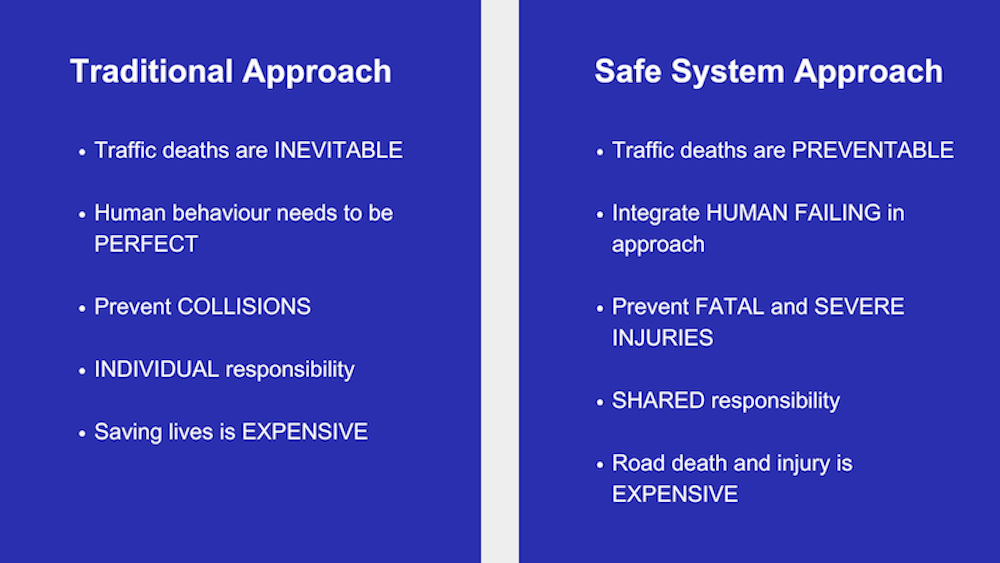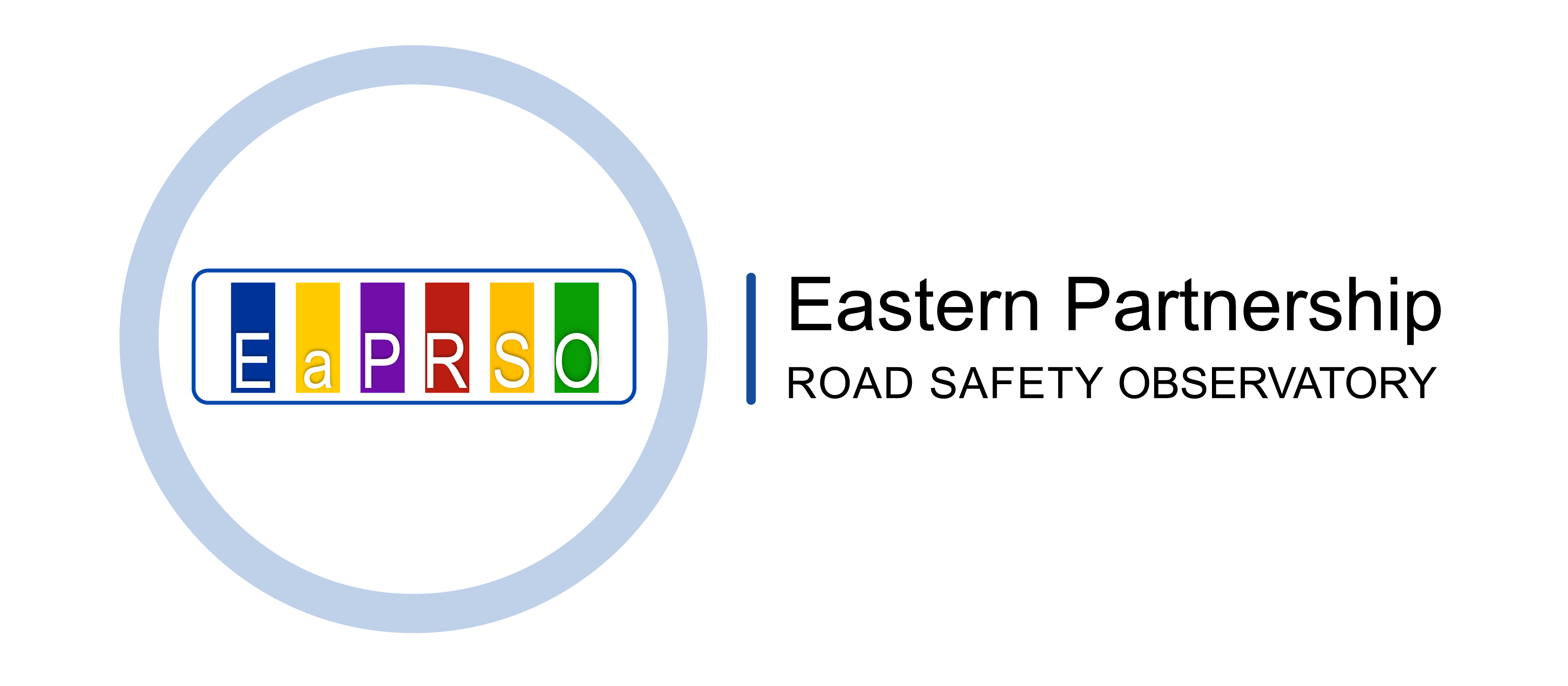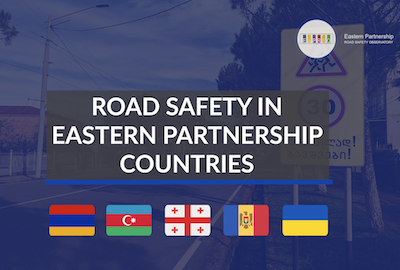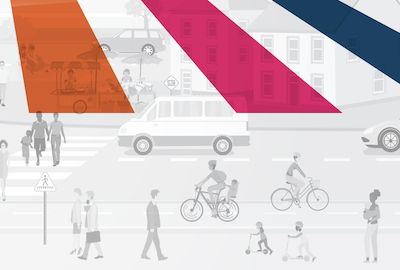What is the Safe System Approach?
The Global Plan for the Decade of Action for Road Safety 2021-2030 is built upon the Safe System Approach to road safety. For effective implementation of this approach, public awareness and political understanding of what a Safe System means and its benefits is essential.
The Safe System Approach has evolved from the Swedish ‘Vision Zero’ approach. It is based on the premise that all road crashes are preventable and that no one should be killed or seriously injured while using the road network. It acknowledges that people make mistakes but these errors should not lead to severe or fatal injuries.
The Safe System recognises that road safety is a shared responsibility for those who manage, plan, design, build, and use roads and vehicles, and those who provide post-crash care.
This shared responsibility is reflected in the different pillars of activity described in the Global Plan. Creating a safe road environment requires efforts in multiple areas of public policy, including:
- the provision of multi-modal transport to give everyone safe mobility choices
- land-use planning to ensure major road projects do not put local communities at risk
- safe road infrastructure based upon sound engineering principles
- safe vehicles which meet international standards (such as the inclusion of air bags and seat belts for all passengers)
- safe road use backed by good police enforcement and public awareness campaigns
- and post-crash response, to ensure victims get timely and effective treatment, as well as justice.
Critical to the successful implementation of these pillars is ensuring their interrelation with each other as a wider whole rather than as individual components working in isolation. This holistic approach requires collaboration and communication across different sectors: for example, good road safety management with adequate and dedicated financing, good legal frameworks, effective speed management, institutional capacity development, ensuring a gender perspective in transport planning, and many other elements.

Data and the Safe System Approach
When it comes to data, we need to be particularly discerning. Analysis of road safety data needs to be conducted with the Safe System Approach in mind. A common misunderstanding in traditional road safety discourse is the argument that between 94-96% of road crashes are a result of driver error.[1] By assigning blame to individuals, we fail to acknowledge the systemic failures that may have led to a driver error resulting in a casualty – for example, gaps in legislation which mean that life-saving seat belts are not required, or poor pedestrian facilities in road design. Furthermore, the data that highlights driver error is often generated though analysis of police crash reports or insurance claims, which tend to be structured in a limited way, guiding investigators to find a single point of responsibility. Thus, the root causes of a crash may never be addressed, and the same mistakes are allowed to be made again.
To fully understand the true causes of a serious road traffic injury or fatality and put measures in place to prevent future instances, a much more rigorous data collection and reporting process is needed. This should take into consideration all the variables that may have contributed to any particular incident. This is where the CADaS framework for data collection and analysis is particularly strong. For more information on this, read our “What is CADaS?” editorial.
Road safety impact assessments and road safety audits also contribute an important part of the process, giving decision makers and engineers more in-depth analysis and enabling them to apply the necessary preventative measures to keep all road users safe.
Above all, the Safe System Approach is grounded in data-led strategies and interventions, with robust monitoring and evaluation. This requires sufficient data collection and accurate and reliable road safety data analysis in line with established performance indicators. Good quality data enables decision makers to identify particular issues of concern, and ensures that resources are properly deployed to address them. This saves time and money, as well as preventing future death and injury.
There is no one size fits all approach when it comes to implementing the Safe System Approach. It is, by definition, adaptable to unique national and local contexts as interventions and policy recommendations are based on local data and needs. The Safe System Approach is therefore applicable in any country.
Across the world, countries that have implemented a Safe System Approach have seen significant reductions in road casualties. A study of 53 countries conducted by the World Bank and World Resources Institute found that those implementing the Safe System Approach had the lowest road fatality rates per 100,000 population over a 20 year period. Essential to this success has been how these countries have used good data to generate evidence-based public policies to prevent road casualties.
This is a key role played by the EaP RSO. Not only do we support national governments in collecting and analysing data for their countries - we present it in a way that helps them draw conclusions and develop policy recommendations. We also use data as the basis of our communications: to raise awareness amongst civil society organisations and local communities as to how road safety effects them and their daily lives.
The Safe System Approach has been adopted by our member countries in their respective national road safety strategies. By improving the quality of data collection on road traffic deaths and serious injuries, our aim is to help these countries to achieve their goals and meet their road safety targets more quickly and effectively.
For more information on the Safe System Approach, the following resources are available:
The Safe System in Action, Research Report, developed by the International Transport Forum (ITF), 2022.
Safe System Thematic Report, developed by the European Road Safety Observatory, 2023.
Sustainable and Safe: A Vision and Guidance for Zero Road Deaths, developed by the World Resource Institute, 2018.




